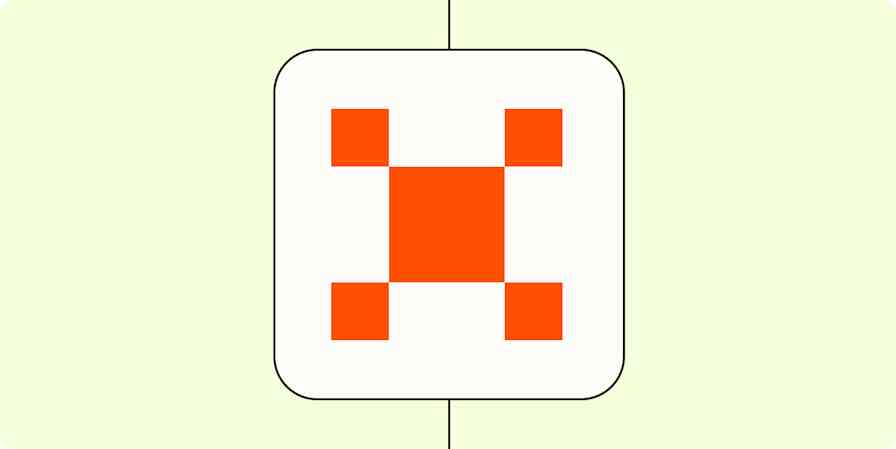App comparisons
8 min readMidjourney vs. Stable Diffusion: Which AI image generator should you use? [2025]
By Harry Guinness · October 2, 2024

Get productivity tips delivered straight to your inbox
We’ll email you 1-3 times per week—and never share your information.
Related articles
Improve your productivity automatically. Use Zapier to get your apps working together.








